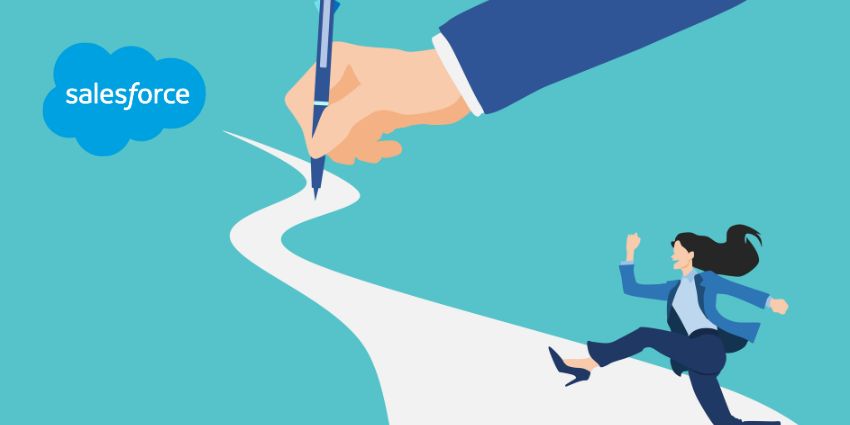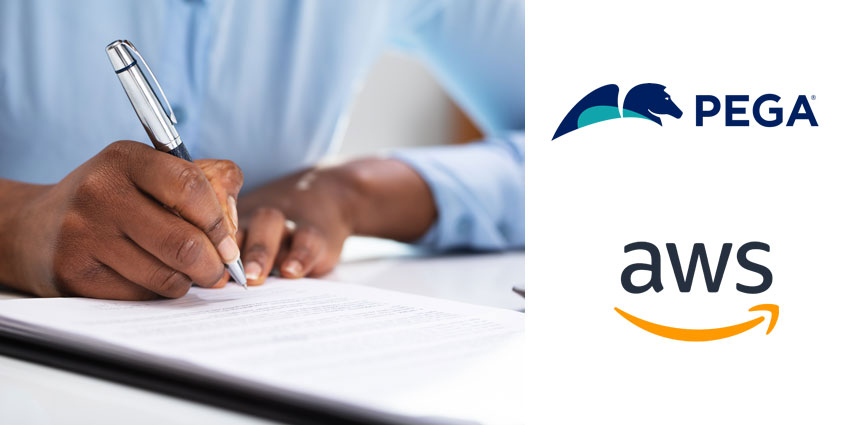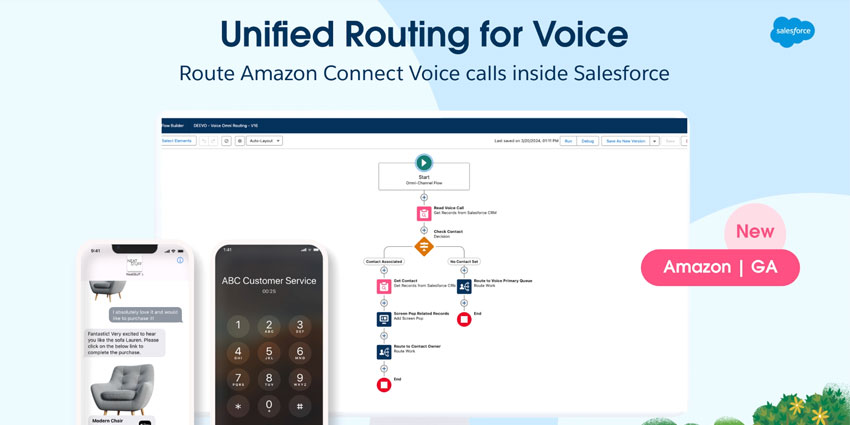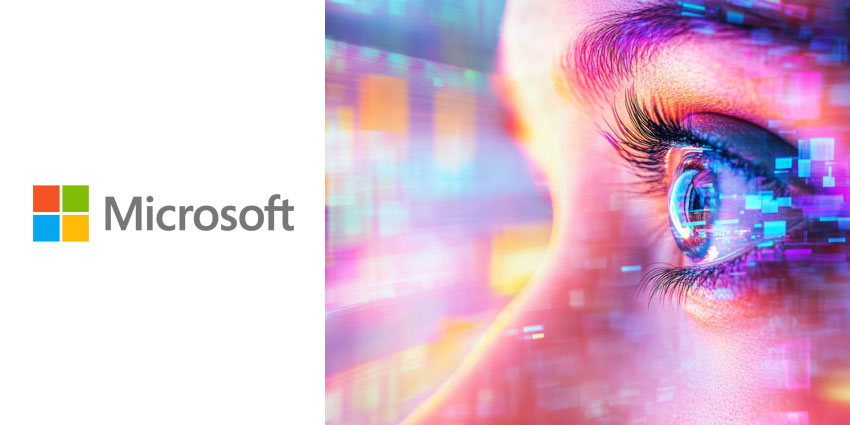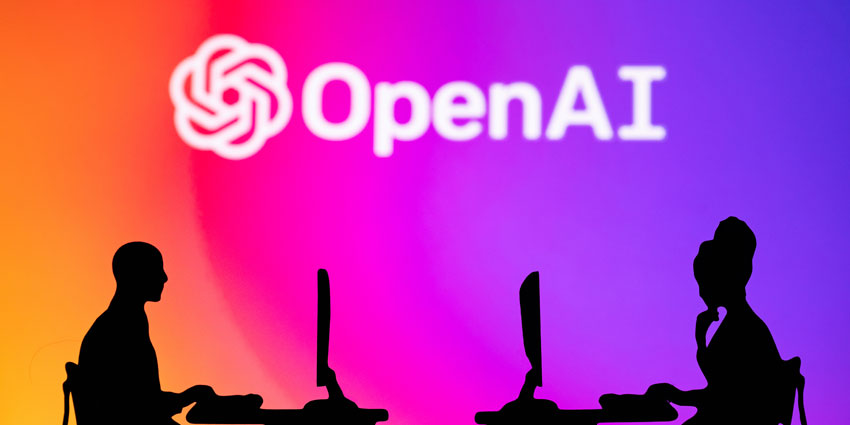Gartner recently released its inaugural Magic Quadrant for CPaaS – a sign of the technology’s growing enterprise significance.
Inside, the analyst estimated that – by 2026 – 90 percent of businesses will leverage CPaaS platforms, up from 30 percent in 2022.
From there, Gartner isolated and evaluated many of the most prominent CPaaS providers pushing this trend forward.
Five of the best-performing (in alphabetical order) include: Bandwidth, Cisco, Infobip, Sinch, & Twilio.
Each has put forward a specialist spokesperson for our roundtable:
- Ankush Gangwani, Vice President of Enterprise at Bandwidth
- Jay Patel, Vice President & General Manager of Cisco’s Webex CPaaS Solutions
- Ivan Ostojić, Chief Business Officer at Infobip
- Lotta Forså, Customer and Partner Marketing Lead EMEA at Sinch
- Sam Richardson, CX Consultant at Twilio
Below, these experts share CX success stories, critical industry trends, and further insight into how their business supports its CPaaS clients.
Share a CPaaS In Customer Experience Success Story (The Examples)
A U.S. Retailer Simplifies Its Prescription Refill Processes
Patel: A large U.S. retailer has multiple initiatives running on the Webex CPaaS platform, including its “Rx” refill prescription journey, which is part of a broader customer experience program.
In doing so, it has expanded its existing messaging program to provide an array of prescription-related messages using smarter, richer channels such as Rich Communication Services (RCS) chats.
The upgrade from SMS text messaging communication to RCS chats helped the company improve Rx refill rates and opt-in rates, decrease abandoned prescription rates, and resulted in improved customer health benefits and retention.
The retailer also now has programs for photo appointment reminders, online purchase information, marketing, and two-factor authentication (2FA).
The company’s latest loyalty program launch provides customers a personalized experience and an easier way to save, shop, and stay well by sending out notifications with offers, deals, and cart reminder texts.
Marks & Spencer Connects Its Physical and Digital Experience
Richardson: M&S wanted to modernize their customers’ shopping experiences and offer more ways for them to speak with customer service and resolve queries quickly.
Yet, it had a considerable roadblock: siloed data with no seamless way to connect flows across stores, departments, and sales.
Turning to Twilio, M&S implemented natural language processing (NLP) within its stores’ estates to power the automation of the existing switchboard.
The other was to cut out the contact center IVR and remove the associated complexity.
As a result, M&S achieved many metric gains, including average handling time (AHT) reductions of ten seconds.
Yet, most critically – as per M&S – a CPaaS foundation allowed it to: “Build like a start-up and scale like an enterprise.”
Uber Builds New Experience Across Voice, SMS, & WhatsApp
Ostojić: Infobip and Uber first collaborated in 2014 on SMS and voice, developing voice number masking solutions and ensuring that rider/driver information remains protected.
After leveraging the CPaaS platform, Uber users’ personal information was protected whenever they engaged in calls with other passengers and drivers.
More recently, Uber developed a chatbot, enabling customers to order rides via WhatsApp, creating a seamless booking experience, and improving user engagement.
Indeed, the business built and deployed the chatbot on the WhatsApp for Business platform using Infobip’s SaaS chatbot building solution, ‘Answers.’
Now, “the WhatsApp to Ride (WA2R) experience” is available for Uber riders across Delhi-NCR, one of Uber’s top cities globally by volume.
Harrods Creates 360° Customer Profiles
Forså: Tech advancements, changing consumer expectations, and fierce market competition disrupted the more traditional methods that once fueled Harrods’ success.
Recognizing this, the luxury retailer kickstarted a digital transformation journey in 2020 to survive and thrive in a rapidly evolving environment.
That started by creating a single view of the customer for various business teams – covering customer service, CRM, and analytics and insights – to enable data-driven CX decisions.
By doing so, Harrods could identify and prioritize its most loyal customers.
From there, the retail giant sought to empower business teams with tools to more innovatively engage these customers while delivering personalized communications and discounts.
Sinch’s CPaaS platform enabled this process and allowed customers to choose their preferred engagement channel via the Sinch platform. That allows conversational context to flow into Harrods’ IT environment and systems.
Harrods now possesses a holistic 360° customer profile, offering a single view of each customer’s interactions across all online and in-store touchpoints.
A U.S. Bank Leverages Cross-Channel Biometric Authentication and Anti-Fraud Tech
Gangwani: A large bank – and a prominent issuer of Visa and Mastercard in the U.S. – chose Bandwidth to move its contact center to the cloud and support its vast credit card services operation.
Bandwidth provided voice biometric authentication and anti-fraud technology built into its cloud communications network to solve a critical software integration gap.
The solutions eliminated extra development cycles and vendor contracts for the bank, accelerating project completion and time-to-value.
In addition, the voice fidelity and call metadata made possible by Bandwidth’s all-IP network gave the bank future options to leverage emerging AI technologies for additional CX benefits.
The result: the bank delivers a better customer and agent experience through faster call resolution, quicker identity verification, better call clarity, and higher network uptime.
Pinpoint a CPaaS Trend Taking Over the CX Space (The Trends)
Conversational Messaging
Patel: Conversational messaging over digital channels is powering the CPaaS boom.
Within a single, centralized CPaaS platform, digital channels now support a host of functionalities such as conversational bots, video, carousels, branding, geolocation, and QR codes, alongside supporting payments.
These channels enable the creation of seamless, end-to-end customer journeys for marketing, customer acquisition, onboarding, customer support, eCommerce, transactions, and more.
AI integrations will also become increasingly central in enabling conversational messaging through simple automation and orchestration of information and context between channels.
In turn, this will unlock quicker speed to market and the more efficient use of resources to develop journeys through capabilities such as auto-generated code, training data generation for bots, and text summarization.
Viewing video as an opportunity, Webex recently unveiled personalized AI video generation. This AI-powered feature enables organizations to leverage their existing customer journeys in Webex Connect and overlay AI to produce personalized videos at scale.
Thanks to AI’s ability to generate talking-head videos quickly, expect greater use of such personalized video content in real-time customer communications to better tailor engagement.
Composable Customer Experiences
Richardson:
Communication and collaboration have taken on added meaning and importance for businesses in recent years, given global events.
Workforces are more flexible, digitally-enabled, and location-agnostic than ever before, leading to heightened demand for composable platforms.
For CPaaS vendors, the greater the degree of customizability and additional services they can offer alongside their core platform or technology, the better they can meet this demand.
Moreover, they’ll become more effective at supporting businesses in building new customer experiences.
Rich Messaging Channels
Ostojić: More customer journeys are taking place on rich conversational channels (WhatsApp, RCS).
As this trend evolves, conversational experiences in these messaging apps will become the third pillar of digital transformation.
A whole ecosystem will then wrap around mobile apps, web apps, and omnichannel.
Infobip recently launched CPaaS X, a modular set of APIs built with “platforms for platforms”, enabling its customers to tap faster into conversational channels.
Furthermore, using AI, Infobip converted its full conversational product suite across the customer journey (marketing, support, etc.) into an end-to-end platform called Infobip AI Hub.
Besides being composable, the AI hub integrates all conversational products with a customer data platform (CDP) and generative AI, enabling customers to build experiences in any channel more rapidly.
AI Applications
Forså: Of course, AI will play a big part in the future CX. Informed recommendations, predictive insights, and offering the next best actions already highlight how AI is having a significant impact on customer experience.
Yet, the next phase of AI is how it will fundamentally transform conversational experiences.
Contact Center Cloud Migrations
Gangwani: Expect large global enterprises to accelerate the migration of their contact centers to the cloud, with a focus on optimizing the overall customer experience.
Why? Because in today’s economy, moving to the cloud is the best way for enterprises to unlock new performance and cost benefits that retain and grow customers, build better brand experiences, leverage new AI technologies, and reduce capex.
Why Should Organizations Consider Your Business as Their CPaaS Partner? (The Providers)
Webex
Patel: Webex Connect is an enterprise-grade CPaaS solution used by a range of global enterprises to optimize their customer journeys.
We focus on enabling richer, smarter customer interactions, incorporating proactive two-way communications and reactive communications.
Moreover, we put customers’ demands first to deliver end-to-end customer journeys across multiple communication channels that integrate with enterprises existing back-end systems.
Focused on business needs, our Webex Connect platform can deliver a 330 percent ROI – as per Forrester Research – saving time and cutting business costs while seamlessly and securely connecting to consumers.
Webex Connect also offers a low-code flow builder, which requires little or no coding knowledge. It allows companies to develop their own methodology when sending or responding to messages and integrate them into their processes and business applications.

The Webex Connect platform provides a secure, cloud-based platform that adheres to Cisco’s technology principles and is built for elastic scalability, supporting data storage requirements, and complying with local compliance and regulation requirements.
Finally, the solution includes a proactive monitoring and live latency dashboard to deal with large volumes or bursts of traffic to ensure an always-on platform with near-zero downtime without compromising the customer experience.
Twilio

Richardson: Twilio offers a means for businesses to communicate with their customers and deliver messages across whatever platform is most comfortable for them in a way that scales with their organization’s growth.
Its CPaaS capabilities also integrate with Twilio Engage, a CDP that helps companies build omnichannel marketing campaigns, and Twilio Flex, cloud contact center software that seamlessly routes customers to agents and sales reps.
The three together represent a complete technology stack to help with all aspects of an organization’s sales, marketing, and customer service operations.
Infobip
Ostojić: Infobip’s full-stack CPaaS platform has a robust infrastructure, customers can access relevant channels, engagement tools, and a robust conversational experience layer.
Beyond being secure, Infobip also enables diverse communication while driving digital transformation within rich communication channels.
As “one platform for all platforms”, Infobip simplifies complex needs through simple API integration, allowing customers to enjoy full flexibility, control, and scalability customizable to specific needs.

Having scaled alongside big enterprise names, Infobip has the know-how to address and provide the best service to our platform customers.
Lastly, to stay ahead of evolving needs, Infobip also recently introduced CPaaS X, an evolution of the standard CPaaS model that provides platform customers greater flexibility and more advanced configuration, management, and reporting capabilities.
Sinch
Forså: Sinch helps businesses to communicate digitally with their customers. This can be through SMS notifications, WhatsApp sessions, customer support calls, or email campaigns.
To do so, Sinch provides APIs and applications to more than 150,000 customers worldwide.
Its products are built on a global Super Network across email, messaging, and voice, providing over 700BN engagements annually.
The ambition? To pioneer the way the world communicates.

Sinch also has over 600+ direct operator connections, 95 percent on-net voice network coverage in the U.S., and email deliverability rates of 98 percent compared to the industry average of 83 percent.
Lastly, it strives to follow industry best practices when it comes to security and compliance using frameworks and guidelines such as OWASP, NIST, CIS, and CSA.
Bandwidth
Gangwani: The route to the cloud has become bumpier as some vendors try to lock IT teams into proprietary walled gardens. Yet, Bandwidth has a unique, vendor-agnostic approach.

Indeed, Bandwidth’s new Maestro platform solves CIO challenges by providing the crucial technology-bridge enterprises need to create a modern CX stack without months of costly integration work.
Maestro also delivers faster time to value, enhanced customer and employee experiences, and reduced overall costs while maintaining security and resiliency using Bandwidth’s global cloud-native network – covering over 65 countries.
Finally, Maestro may help to reduce IT development time from months to hours and orchestrate complex call flows by providing a Visual Builder low code/no code, drag-and-drop tool.
Miss out on our previous CX Today roundtable? Check it out here: Contact Center Automation: Trends, Tricks, and Tools



